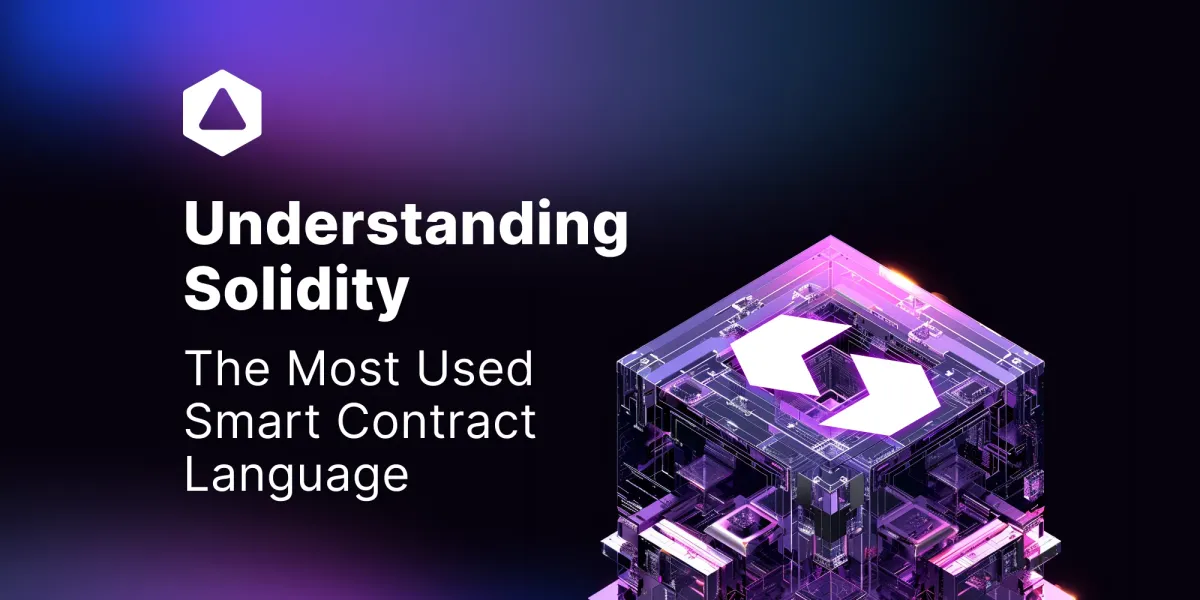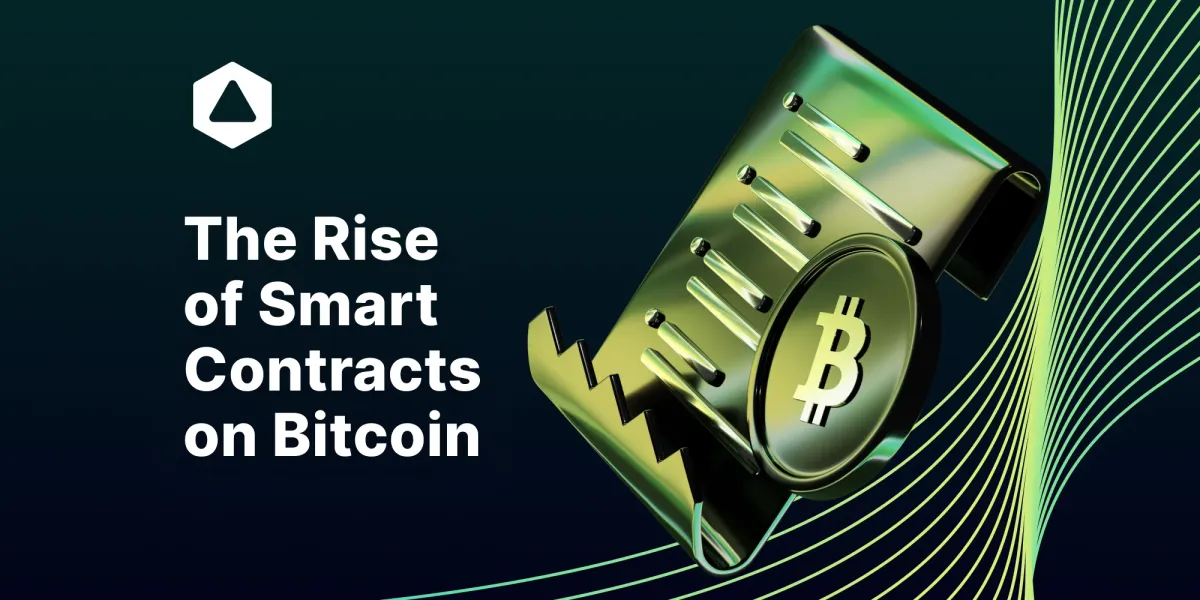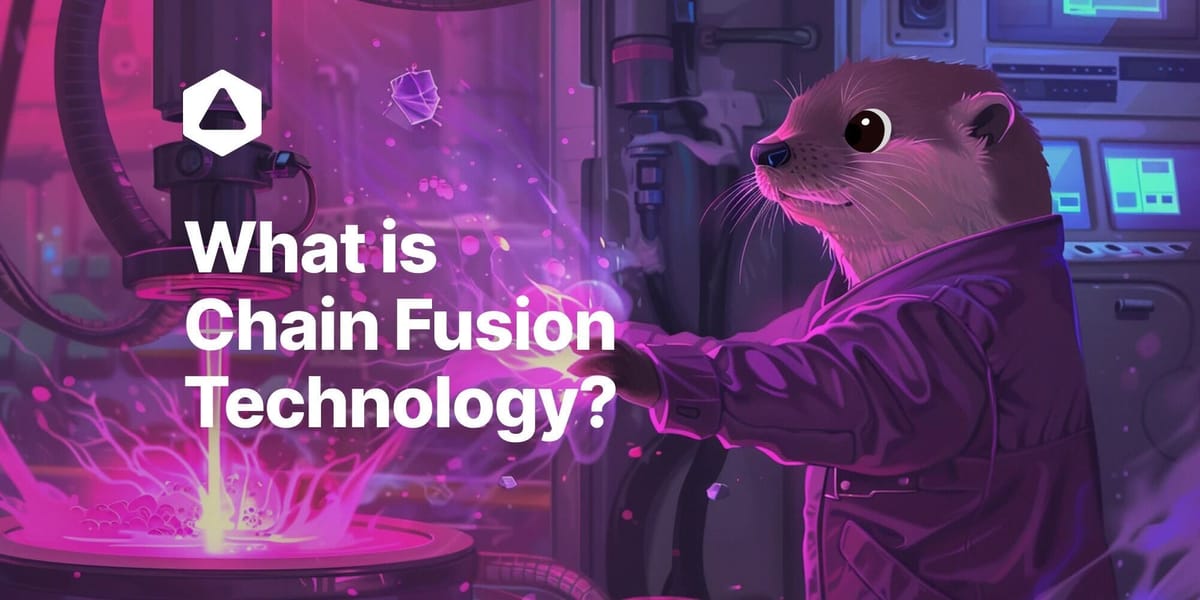Fungible Freedom, Non-Fungible Expression: The Concept of Fungibility in Crypto
This in-depth article provides a comprehensive exploration of the fundamental concepts of fungibility and non-fungibility as they apply to digital assets. It thoroughly defines fungibility and examines how it enables key features for assets like Bitcoin and Runes tokens.

Understanding fungibility and non-fungibility, which underpin major categories in our digital assets space, is important. This is especially true in relation to assets like Bitcoin, as it will clarify their use cases and unique value propositions.
Let's start by defining fungibility, how it works, its advantages, and associated drawbacks.
The Meaning of Fungibility
Fungibility refers to the ability of a product, asset, or good to be exchanged with others in the same category. For example, one stock share is the same as any other share.
Examples of fungible digital assets include cryptocurrencies, stocks, and financial assets (cash, bank deposits, investments in stocks, bonds, and mutual funds).
In crypto, fungibility means a digital asset can be exchanged, swapped, or interchanged for another in its category.
For instance, 1 Bitcoin (BTC) is fungible and can be traded for the same amount.
For a digital asset to be fungible, it must have an established value and be interchangeable with equivalents of like value. Fungibility does not require identical units, just exchangeable units of the same kind and function.
For example, a five-dollar bill can be exchanged for five one-dollar bills. Similarly, 0.5 Bitcoin can be exchanged for another 0.5 Bitcoin, or combined smaller amounts totaling 0.5 Bitcoin.
Both transactions involve Bitcoin, making it a fungible asset. The individual units or wallets just represent Bitcoin's underlying value.
Now that you understand this basic concept, you may ask: “Fungible tokens on Bitcoin? How's that possible?” We've answered that in the next section.
Fungibility on Bitcoin: RUNES
When examining fungible tokens on Bitcoin, 'Runes' comes to mind. Although not very old, Runes are fungible tokens issued directly on Bitcoin using the Runes protocol. Developer and podcaster Casey Rodarmor proposed and developed this protocol as a better alternative to the experimental BRC-20 standard for fungible tokens.
The BRC-20 token standard, unaffiliated with ERC-20, was launched in March 2023, and enabled users to create Bitcoin-native fungible tokens for the first time. On a side note, it also resulted in the clogging of the network as a result of the production of excessive UTXOs (Unspent Transaction Output). But that is what happens when you innovate.
Wondrously, the BRC-20 tokens surpassed a market cap of $1 billion on May 9, 2023.
UTXOs (Unspent Transaction Outputs) are the amounts of digital currency left from previous transactions that haven't been spent yet. They are tracked by blockchain systems like Bitcoin to determine a wallet's balance and are used as inputs for new transactions.
To solve this innovation issue, Rodarmor developed a UTXO-based protocol that not only aligns with Bitcoin’s architecture but prevents the generation of excessive UTXOs and lowered the on-chain footprint.
Unlike other fungible token protocols for Bitcoin, Runes didn’t require off-chain data or a native token to operate, as it operates still within the Bitcoin blockchain.
Advantages of Fungibility
Because we interact with and use a lot of fungible tokens in our daily engagement, it's sometimes hard to see what their advantages are. Each paragraph from now on will discuss one uniqueness or advantage that fungibility has to offer.
Firstly, fungibility provides more liquidity to the market, which makes digital assets easier to trade. The effect of this is largely felt in two ways: a larger trading environment and also more ease for traders to buy and sell an asset (liquidity).
Fungibility also presents money-making opportunities known as arbitrage, which is possible because buyers and sellers make money from the discrepancies in the price of an asset listed across exchanges — that is, buy on Exchange A to sell on Exchange B.
Finally, fungibility opens up the room for convenience when it comes to investment. This way, traders can invest in assets without restriction across exchanges. Traders from across the world can invest anywhere, despite the differences in currency value and vice versa.
Drawbacks of Fungibility
While fungibility provides many benefits, such as making trading easier and increasing market liquidity, it also has some drawbacks, such as a very high risk of being faked or counterfeited.
Counterfeiting is a big issue because, unlike non-fungible assets, fungible assets are not ‘unique’. They are uniform with similar assets in a category, and thus susceptible to being produced in large quantities. In the world of crypto, this is a huge challenge, as the rate of crypto scams skyrockets daily.
Examples of Fungible Token Counterfeit
As many tokens were being duplicated, a fake Tellar token was launched on Uniswap, with the intent of deceiving unsuspecting investors who were unaware that no official Tellar token had been issued at the time.
Similarly, there were attempts to create fake NEAR tokens before the official launch, with scammers trying to list them on exchanges where NEAR had not yet been officially listed, exploiting the inherent fungibility of tokens to blur the lines between real and fake assets.
Does Traceability Affect the Fungibility of Cryptocurrencies?
Also, we need to create some clarity, while we’re at it. You might be wondering - assets like Bitcoin and Runes are traceable, and the history of each can and is followed through the blockchain history - doesn't this have any influence on their fungibility? Well, the answer is no. Here's why:
Each coin, regardless of its past transactions, serves a purpose. While some coins may be deemed less desirable due to their involvement in dubious or illicit activities, and being refused acceptance by some, it does not change the inherent qualities or fungibility of the coins.
So both Bitcoin and Runes remain equal in terms of quality, technology, and functionality, just as the U.S. dollar retains its fungibility despite being frequently used in illegal activities over many decades.
Having explained the concept of fungibility especially as it relates to digital assets, particularly Bitcoin, let's delve into the concept of non-fungibility, especially as it regards NFTs.
Understanding Non-fungibility
As the name implies, non-fungibility means that an asset cannot be exchanged with other products, assets, and goods in the same category. Real estate, for instance, is a prime example of a physical non-fungible asset.
A plot of land cannot be interchanged with another plot of land. This is because there are no two lands with the identical same value. Each land is unique, and its value depends on certain conditions like location and nearness to strategic places.
Just as no two plots of land are the same, no two non-fungible digital assets are the same as well. Non-fungible digital assets or NFTs cannot be interchanged or exchanged with one another. Their (market) value depends on their popularity and the hyped up community behind them.
The history of non-fungible tokens (NFTs) can be traced back a decade to 2014, when Kevin McCoy and Anil Dash minted the first-ever NFTs. However, this new asset class didn’t capture the public’s attention until 2017.
During this period, several NFT projects made their first steps across ‘the’ blockchain, including Bitcoin. We discuss three of those projects below.
Crypto Punks
CryptoPunks is one of the earliest and most successful NFT projects launched on the Ethereum blockchain. It went live on June 23, 2017, as an NFT collection that contains 10,000 unique 24x24 pixel art images depicting 6,039 males, 3,840 females, 88 zombies, 24 apes, and 9 aliens. They were very popular last cycle.
For example, CryptoPunk #2188 is currently sold at the price of 28.45 ETH ($79.37K), while CryptoPunk #1073 is sold at 30ETH ($83.69K).
Bitcoin Frogs
Bitcoin Frogs is one of the most successful NFTs launched on the Bitcoin network and was created in March 2023 by Deezy Labs and Frogtoshi, who are also anonymous artists.
It consists of 10,000 images of frogs inscribed on Bitcoin through the Lightning Network, and all 10,000 inscriptions have been minted, meaning they are on the Bitcoin blockchain. When the collection was launched, minting was free and available to everyone.
By mid-May 2023, more than $2 million in sales had been recorded for these Bitcoin frogs, with the average sale price increasing from $3,786 in November to $10,474.
TwelveFold
Lastly, TwelveFold is another key NFT collection launched on the Bitcoin network, and its success can be attributed to its parent company, Yuga Labs, which founded one of the most renowned NFTs of all time, but not included in this list - the Bored Ape Yacht Club (BAYC).
Official announcements regarding the launch of the NFT were made on February 28th, 2023, while its auction took place between March 5th and 6th, 2023. After a 24 hour period, the NFT collection garnered 3,246 total bids total bids with 7.1159 BTC as the highest bid.
Benefits of Non-Fungibility
While non-fungible tokens are created on the concept of ownership - as an NFT holder, you gain true ownership for your work. It means, in essence, representing a real-world asset and a way to provide verifiable ownership and authenticity. As in many such cases...
It also plays a major role in democratizing investing, that is, through fractional NFTs you can own a share of an NFT without having to pay the full price for the entire asset.
Despite these advantages for creators, owners, investors, and many other parties, NFTs also have their drawbacks.
Drawbacks of Non-Fungible Tokens (NFTs)
One of the serious drawbacks of NFTs is piracy. Digital assets like NFTs can be copied and circulate without the permission of the original poster/artist. When this happens, the artist loses out entirely.
A good example is the creation of NFT Bay - piracy website, named after the famous ‘The Pirate Bay’ by Geoffrey Huntley, an Australian artist and programmer, that allows people to download "every NFT" on the Ethereum blockchain. Not very friendly of him.
Also, unlike fungible tokens, non-fungible tokens are not easily traded, especially when the NFT involved is no longer popular. This can result in huge losses, especially when the seller bought the NFT at a high price.
A good example, though certainly not unique, is the history of CryptoPunk #5822, which was purchased at $24 million by Deepak Thapliyal back in February 2022 and is now selling for fractions of its original price. There simply is no liquidity.
This means it can be difficult to match sellers with buyers, largely due to the uniqueness and desirability of each NFT.
Non-Fungible Token in Bitcoin
With the explosion of NFTs in 2021 (on Ethereum), there was a need to create a way to facilitate the creation of NFTs on the Bitcoin blockchain. This resulted in the launch of the Ordinals protocol, Inscriptions, and Bitcoin NFTs.
The Ordinals protocol was founded by Casey Rodarmor, the same person we discussed above. The Bitcoin NFT protocol was launched on the Bitcoin blockchain in January 2023, and some examples of it we have even touched upon.
These Bitcoin Ordinals are different from traditional NFTs in three ways. First, they differ in the way they store their data. Unlike traditional NFTs that store data on decentralized storage systems, Bitcoin Ordinals store data on-chain.
Additionally, Bitcoin Ordinals are immutable - meaning once an Ordinal is inscribed, it cannot be changed, it stays there forever. On the other hand, users of traditional NFTs can regularly update their metadata as requested by the NFT project.
Finally, Bitcoin ordinals can only be traded through over-the-counter and peer-to-peer methods. They cannot be traded on decentralized exchanges because Bitcoin still lacks smart contract functionality. But not for that long...
The Intersection of Fungibility and Non-Fungibility with Bitfinity’s EVM
Fungibility and non-fungibility represent two fundamental aspects of digital assets and the Bitfinity’s EVM, built on Chain Fusion Technology and integrating directly with Bitcoin, will play a pivotal role in bridging these two facets of digital assets, which means in a nutshell:
- Enhanced Interoperability: By facilitating the execution of Ethereum-based smart contracts (Solidity) in a Bitcoin-focused environment, Bitfinity’s EVM allows for a interaction between fungible and non-fungible assets across the two largest blockchain networks.

- Expanding Market Access and Functionality: The integration of Bitfinity’s EVM with Bitcoin through Bitfinity enhances the functionality of Bitcoin by supporting advanced smart contracts.

- Cross-Chain Applications: By supporting Solidity smart contracts and integrating with tools familiar to Ethereum developers, Bitfinity makes it easier for projects to span across blockchains.

Conclusion
As the global awareness and adoption rate continues to grow, there will be an increase in the size of the global digital asset management market.
Understanding the fundamentals requires a solid understanding of the concepts of fungibility and non-fungibility, and how they work, and contribute to the diversification of the Bitcoin ecosystem.
The practical implications of Bitfinity’s technology are vast. For instance, consider a decentralized platform that leverages Bitcoin’s security and liquidity to offer a marketplace for both fungible cryptocurrencies and unique digital collectibles.
Such a platform could facilitate everything from routine cryptocurrency trades to the auctioning of high-value NFTs, all within a single, unified environment.

Connect with Bitfinity Network
Bitfinity Wallet | Bitfinity Network | Twitter | Telegram | Discord | Github

*Important Disclaimer: The information provided on this website is for general informational purposes only and should not be considered financial or investment advice. While we strive for accuracy, Bitfinity makes no representations or warranties regarding the completeness, accuracy, or reliability of the content and is not responsible for any errors or omissions, or for any outcomes resulting from the use of this information. The content may include opinions and forward-looking statements that involve risks and uncertainties, and any reliance on this information is at your own risk.
External links are provided for convenience, and we recommend verifying information before taking any action. Bitfinity is not liable for any direct or indirect losses or damages arising from the use of this information.





Comments ()